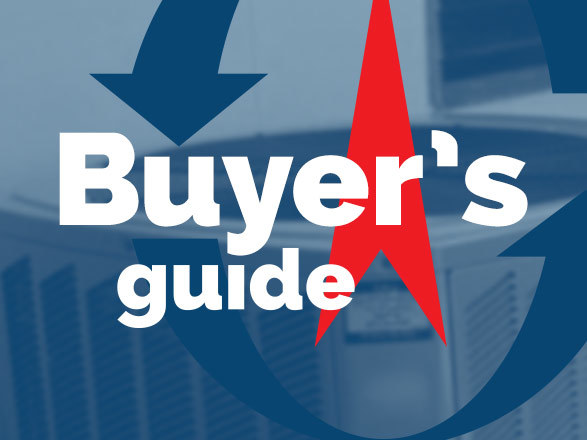Single vs Two-Stage vs Variable Speed ACs: Which Is Best in Florida?
April 19, 2018

Shopping for a new AC?
If so, you may be stuck choosing between a “single-stage,” “2-stage” or “variable-speed” AC—all of which refer to an air conditioner’s compressor.
Here’s our recommendation for Florida homeowners: Go with a variable speed AC. Even though they are the most expensive, variable speed technology is the best because it lowers your monthly energy bills, plus it offers better humidity control and overall comfort.
However, if you’re on a budget, we recommend you go with a 2-stage AC because it’s less expensive but still gives you comfort and energy-savings (just not as much as a variable-speed AC will).
The least ideal of the 3 types of compressors is a standard single-stage AC, but if you opt for that, it will still get the job done (i.e. it will still cool your home).
In this article, we’ll explain why variable-speed compressor technology is the best.
Have questions? Visit our air conditioning installation page or
Why variable-speed compressor technology is the best
In order to understand why variable-speed technology is the best, let’s start by looking briefly at how the other 2 compressors work:
Single-stage and 2-stage ACs
- Single-stage AC (least expensive): True to its name, a single-stage compressor motor only has 1 speed: ON. Basically, when a single-stage AC comes on, it blasts cold air at 100%, quickly reaches the desired temperature and then shuts off. As a result, it has more frequent on/off cycles, which creates more wear and tear on the motor, but also leads to uneven temperatures and higher energy bills.
- 2-stage AC (mid-priced): A 2-stage AC runs on 2 speeds: ON (100% capacity) or LOW (60% to 70%). Having this second, low-speed option allows the air conditioner to conserve energy when there isn’t a high cooling demand.
And since 2-stage ACs can run longer (instead of quickly turning on and off like a single-stage AC), they can provide more even cooling throughout your home.
How a variable-speed compressor works
The best way to think about a variable-speed compressor motor is to think of a car’s gas pedal.
The gas pedal controls how fast your car runs and can accelerate to any speed between 0 mph and 120 mph.
The same idea applies to a variable speed compressor motor: it can adjust its speed from 0% to 100% capacity plus many speeds in between, depending on how much cooling your home needs.
So, for example, if you only need to cool your home down by a few degrees, the motor may only run at 30% capacity. Or if your home needs to be cooled by 10 degrees, it may run closer to 90% capacity.
Because of this extra control, variable-speed compressors have…
- The best humidity control: Since the compressor can run at different speeds with a variable-speed compressor, that means your AC system can run at a lower speed for longer amount of time. The longer your AC runs, the more humidity your system can remove—which is crucial considering Florida’s sticky summers.
The best energy-efficiency: Because the motor doesn’t stop and start frequently, variable-speed ACs consume less electricity, which means lower monthly energy bills.
- More even cooling: Since variable-speed compressors run longer they can better distribute air throughout your home, which means you won’t have hot or cold spots.
- More precise temperatures: Variable-speed compressors can get within 0.5° F of the set temperature, compared to a single-stage compressor, which usually cools the home within +/- 4° to 6° F from the set temperature.
Have more compressor questions?
We’d be happy to answer any questions you may have or help you schedule an installation appointment with one of our trusted techs.
Related articles
- Posted in:
- Air Conditioner

